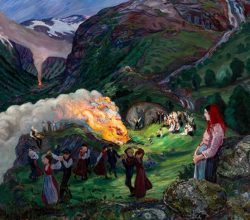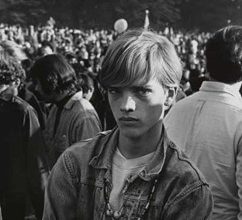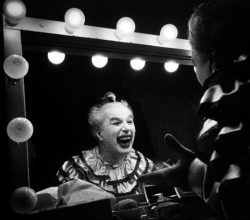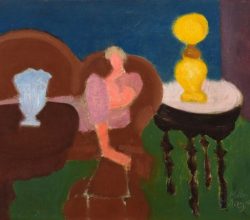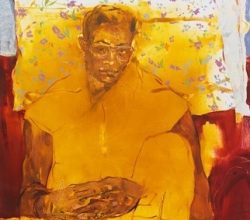
Jennifer Packer and Hans Ulrich Obrist discuss the meaning and method of painting today
Hans Ulrich Obrist | Cultured | 14th June 2021
With a highly praised show in London, Packer seems a star in the making. In an artist interview that works better than most, she reflects on the Old Masters and her portraiture which has been described as “startlingly intimate”. “I saw Titian’s The Flaying of Marsyas where he’s strung upside down, and I was thinking about Titian painting this body and deciding how much care to give to Marsyas. I feel the same way: the idea of painting as an exercise in tenderness.”

